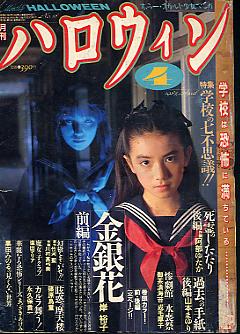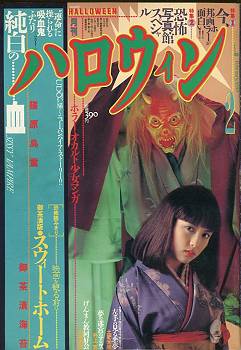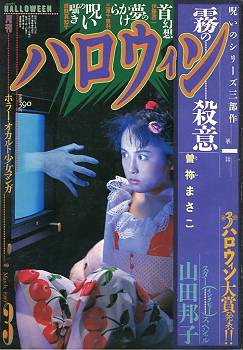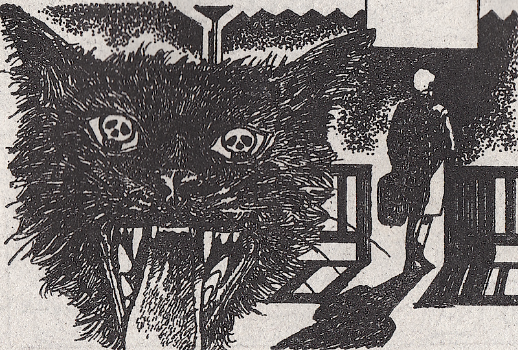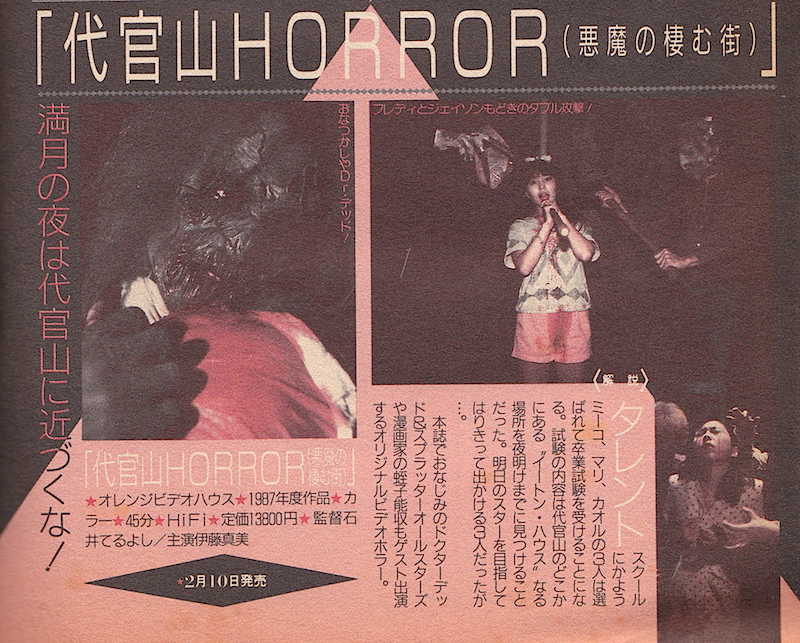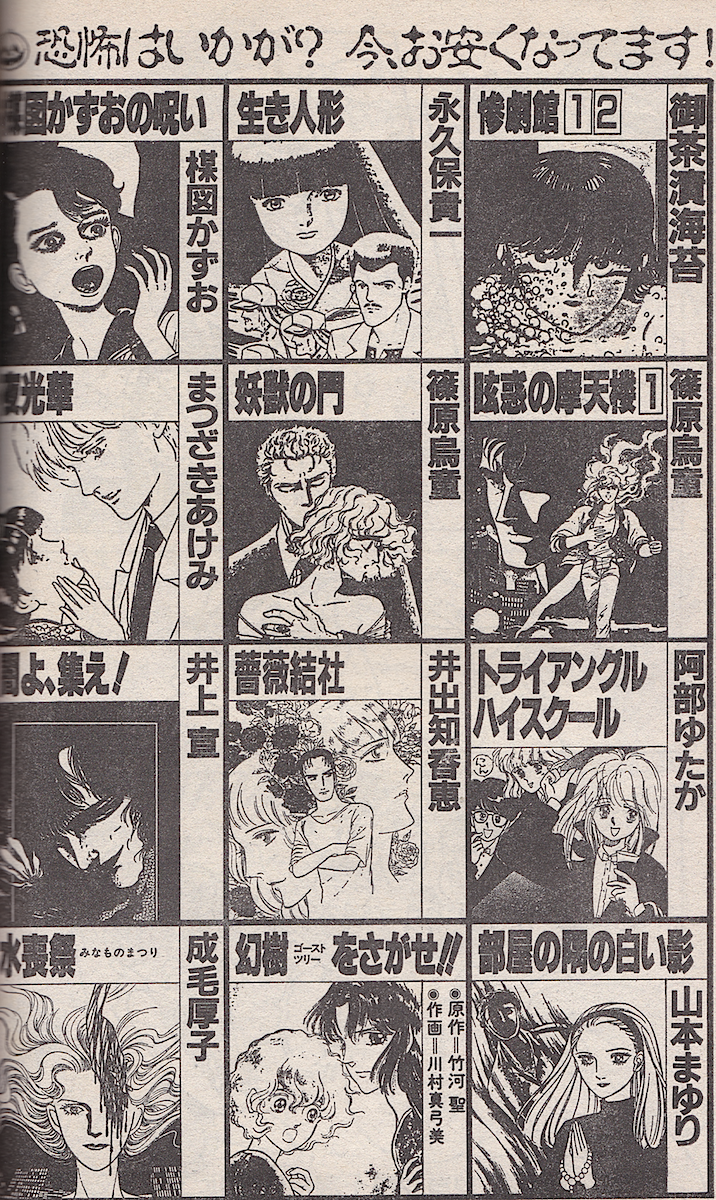Linda Blair in The Exorcist. The little sister from Poltergeist. The entire cast of Susperia. Young girls have always made the best conduit for supernatural terror. So it’s no shock that Monthly Halloween, the first anthology dedicated to shojo horror manga, put bewitching idols on its covers as the face of fear.
Covers from bookstore Kudan.
Covers photographed by the late Kamibayashi Ritsuko.
When Halloween debuted in January 1986 its content matched the B-grade splatter films on rental shelves--zombie holocausts, homicidal Santas, nightmares come to life. Gradually the focus shifted to the spiritual with stories of neighborhood hauntings, psychic superpowers and Tarot readings gone wrong.
The regular features, on the other hand, stayed consistent. Each month brought reader-submitted campfire stories and ghost photographs with advice from the resident spirit channeler. The suspension of disbelief continued in pages detailing how to perform palm readings, ask questions of Kokkuri-san--a sort of Japanese Ouiji board--and other occult party tricks. Best of all, the kooky content was provided in part by advertisements for magic gemstones with the power to make your crush finally notice you..
Like any successful horror franchise, the magazine suffered from sequelitis and copycats. Parent publisher Asahi Sonorama launched a number of short-lived spin-offs that included Dark Moon, Boogeyman and Halloween X. Competitors cropped up with evocative titles such as Susperia, Solitaire and Specter. Horror House was the best of the bunch for its blood-splattered VHS previews and solid stable of artists that included Hino Hideshi, Kago Shinichi, Senno Knife and other established talent.
Halloween’s breakout artist was Itoh Junji, who received an honorary mention in the magazine’s Umezu Award for Tomie, the story of a schoolgirl who won’t stay dead no matter how hard her classmates try. Other notables include Ochazuke Nori, whose angular character designs look like blood-bloated mosquitoes ready to burst, and Inuki Kanako with grotesque cherubs that would feel right at home on a Garbage Pail Kids trading card.
The publication folded in December 1995 after 195 issues. Maybe it was for the best. They had long since abandoned their iconic idol covers for bog-standard illustrated manga covers. Market tastes found horror less palatable. Old-school gore was outpaced by new-age spiritualism, both on and off the screen. Studio magician Mr. Malik became a TV sensation. Actor Tanba Tetsuro, best known in the west for his role as Tiger Tanaka in the Bond film You Only Live Twice, turned guru with his best-selling book and film series about life after death, Daireikai. Not all alternative religions would be as benign.
The spiritual boom exploded on March 20, 1995 when the Aum Shinrikyo doomsday cult, led by faux blind soothsayer Asahara Shoko, released sarin nerve gas into the Tokyo subway. Ghosts and goblins now seemed quaint compared to real world danger. Public fear fed a new type of horror where the city and its inhabitants became the monster.
Disaster drama Dragon Head (1994) and urban psychological thriller The Neighbor No. Thirteen (1993) led horror manga to magazines aimed at adolescent males where the genre still stalks today with I Am a Hero (2009), Sprite (2009) and similar end-of-the world stories. Readers have long since outgrown shoujo horror--though they'll never outgrow the need for a good scare.







